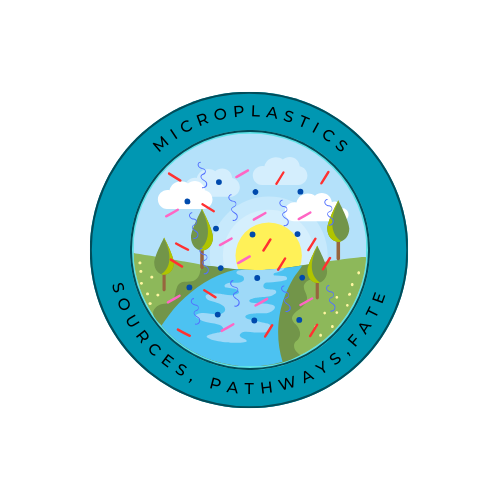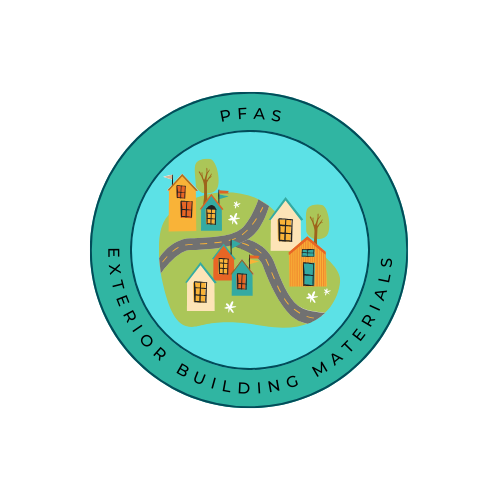Current Research Projects
|
Microplastics: Sources, Pathways, and Fate Raz Akhbarizadeh, Kayla Simpson, Sarah Bernstein, Natalie Minda ROP Students 1) Method Development and Harmonization 2) Source Identification and Loads in Urban Regions 3) Sinks: Remote Northern Communities and the High Arctic Human Exposure in Indoor Environments Sara Vaezafshar, Sylvia Wolk 1) Low Social Economic Status Housing 2) Children’s Mattresses 3) New Homes PFAS in Building Materials Min Liu, Elizaveta Zvereva 1) Characterizing and Quantifying PFAS in Exterior Building Materials 2) Estimating the Mass of PFAS in building materials 3) Effects of UV weathering on exterior building materials containing PFAS |



